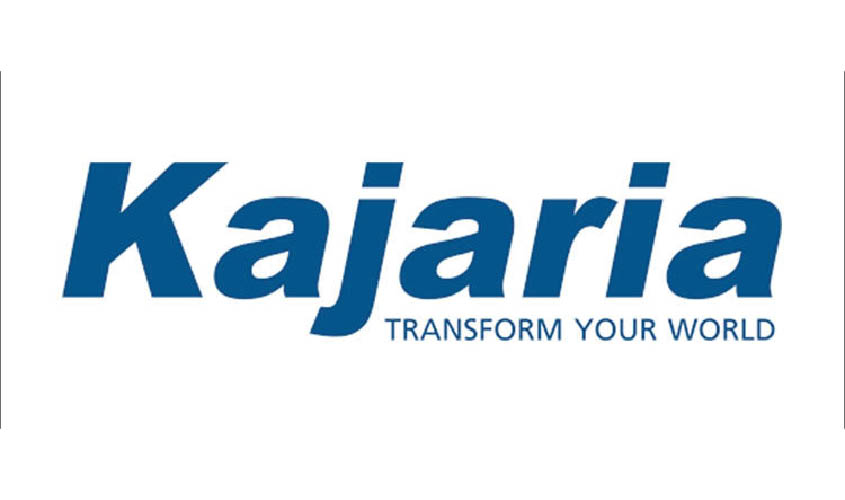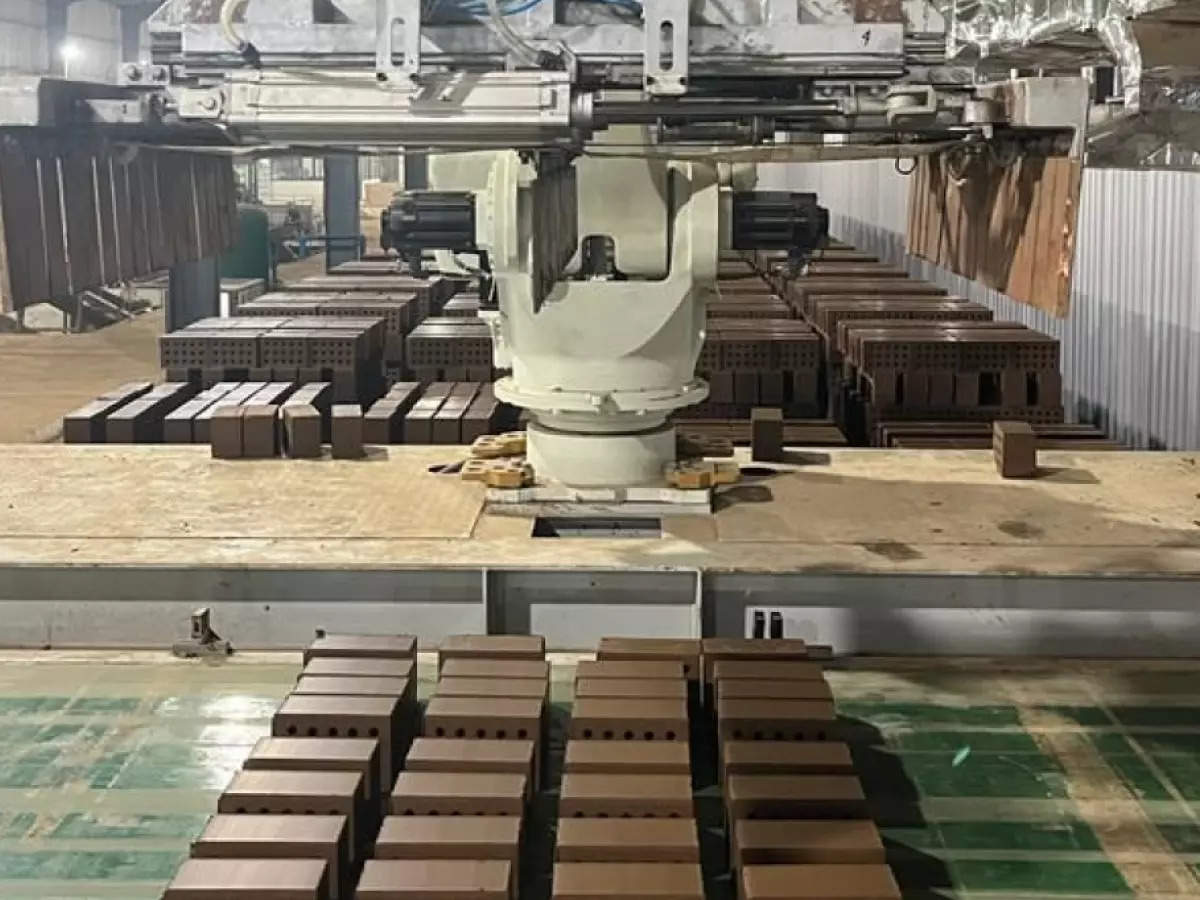E - PAPER
Uncertainty to determine fate of steel industry for 2019
It appears that the expectation of a prolonged turnaround in the global steel market fuelled by consumption growth, higher levels of production and capacity utilization and rising steel prices has been cut short and the happenings in the next few months on which there is a great deal of uncertainty
 BY
admin
BY
admin
Published - Wednesday, 12 Dec, 2018

It appears that the expectation of a prolonged turnaround in the global steel market fuelled by consumption growth, higher levels of production and capacity utilization and rising steel prices has been cut short and the happenings in the next few months on which there is a great deal of uncertainty would determine the fate of the steel industry for 2019 and beyond that.
For the global market, the uncertainty revolves around the sustainability of the stimulus measures initiated by China (property market and road connectivity), Japan (ports), South Korea (shipbuilding), Indonesia (housing) Italy (industrial reforms), Mexico and Canada (foreign trade), the US (infrastructure building), West Asia (infrastructure), Vietnam (roads and ports) and South Africa (housing).
The impact of growing tension in merchant trade following the imposition of an additional tariff on steel and aluminum by the US, the retaliatory measures adopted by China throttling the future of US investment in China and vice versa have caused a significant tremor in the stability and efficacy of global steel trade. The uncertainty has particularly hurt the export-oriented nations like Japan, South Korea, Turkey, Germany, Vietnam, and Africa. It is interesting to know how the imposition of duties under Section 232 has helped the US to get over the scourge of unabated flow of cheap imports and rejuvenation of US manufacturing sector and unemployment problem during the last 8 months.
During the first 11 months of 2018 (including January and February prior to the duty imposition) US steel imports have reached around 29 MT which is nearly 10.4% lower compared to the previous year. South Korea, Japan, and Germany, the primary exporters to the US have shipped 2.4 MT (down by 25%), 1.2 MT (down by 8%) and 1.1 MT (down by 6%), respectively to the US during the period. It was envisaged at the time of imposition of the Section 232 notification of US Trade Act that the US would be able to restrict steel imports from the existing level of around 34-35 MT to 22 MT in order to gain the full advantage of restricting cheap imports by additional duty imposition. Does it mean that the US would continue to impose an additional tariff of 25% on steel for some more years? It is pertinent to mention that the recent proposal of signing a new agreement superseding the NAFTA, tentatively called USMCA, is not going to benefit the energy sector without removing the tariff barriers which does not seem to be a part of the proposed agreement. The latest closure by General Motors plant in the US adding to the unemployment by a few thousand more in the US and Canada is a case in point. WTO has already referred the matter of tariff imposition by the US under Section 232 of US Trade Act to dispute settlement body as proposed by EU, Japan and India with the definite knowledge that there is no guarantee that the US would abide by the DSB conclusions if these are found to be at variance with US notification.
The PMI for manufacturing in the US for the last 3 months are 55.6 in September 2018 followed by 55.7 in October and 55.3 in November. The order flow is good, rising domestic prices have led to raising the manufacturing wages, but the business confidence is poor on account of uncertainty on the regular order flows. Available reports suggest that manufacturing productivity in the US is gradually improving. The current unemployment rate in the US at 3.7% has come down from 4.5% reached a few months earlier.
Thus, in an overall analysis it is seen that while the US economy has gained somewhat positively in post duty imposition, its neighbors and the trading partners are disappointed and aggrieved. The target country for the US action was China which has retaliated with fresh duty imposition on $200 billion worth of US exports to China and the two countries would hurt each other (investment projects, MNC units, equity investment, among others) if the ripple effect of the duty and its aftermath is not addressed urgently by both the countries. The point is it is not purely economic or business or trade. It also involves relative political strength, opportunities, and challenges.
For India, the exports diverted from the US by South Korea and Japan have found a new destination in India as imports from South Korea to India in the first half of the current fiscal was 9.7% more (25% less to the US compared to last year). During the first 8 months of the current year, the total imports of finished steel by India have gone down by only 2.3% compared to the previous year, while exports have fallen by around 35%. Thus India negates the decoupling theory and is affected by US trade actions. WTO has ruled against India’s imposition of Safeguard Duties on the petition filed by Japan. It is unfortunate that a powerful economy gets away with higher duty imposition while India is charged with a violation for resorting to a perfectly WTO complaint measure to arrest cheap imports. WTO must prove its independent platform more vigorously than ever.
RELATED STORY VIEW MORE
NEWS LETTER
Subscribe for our news letter
E - PAPER
-

CURRENT MONTH 
LAST MONTH















